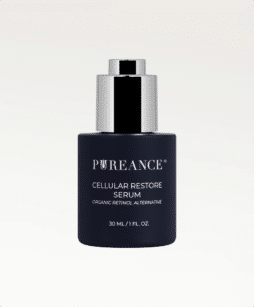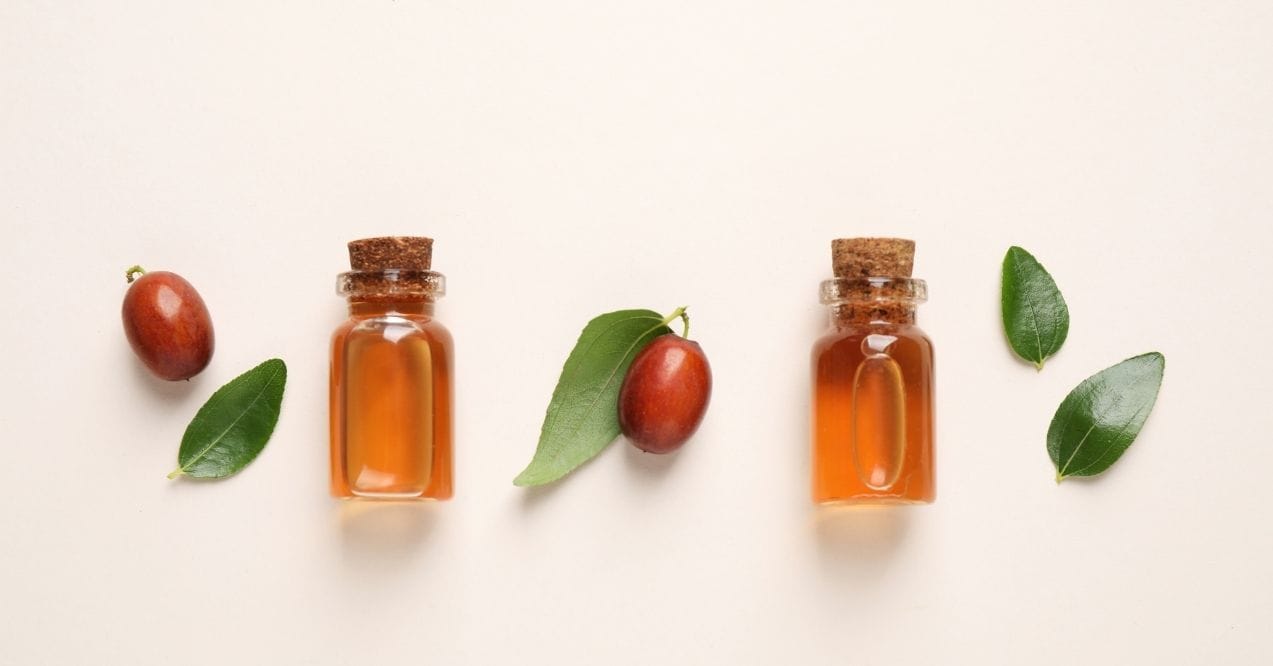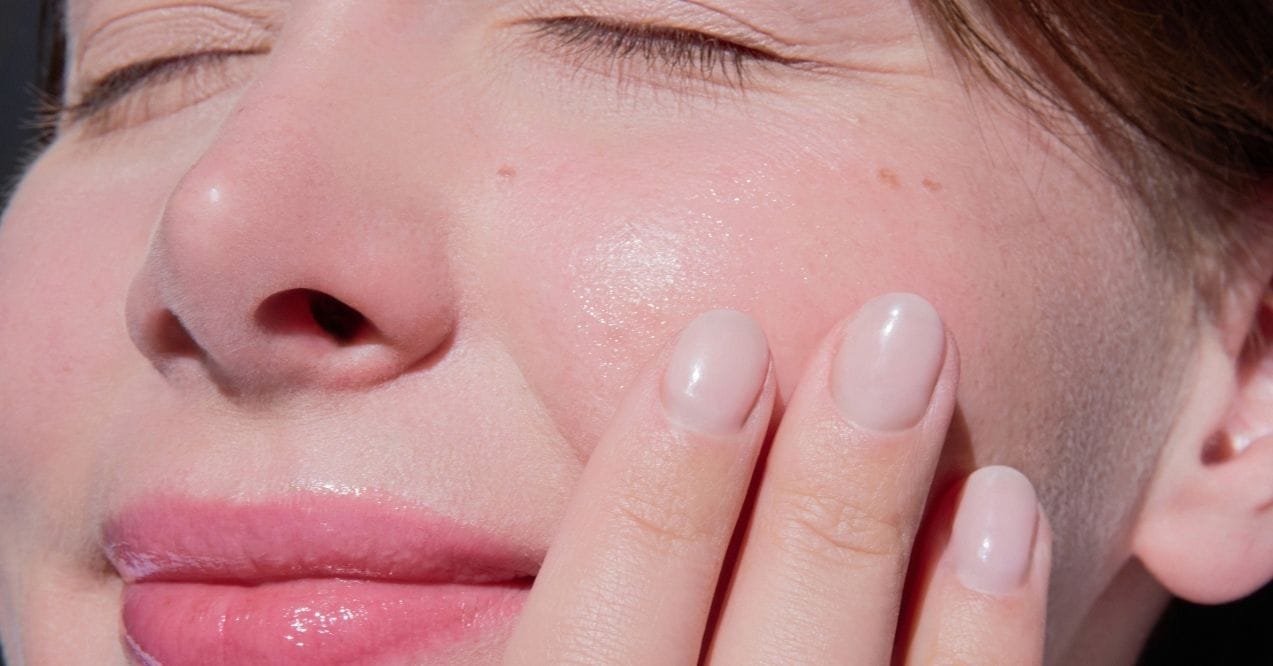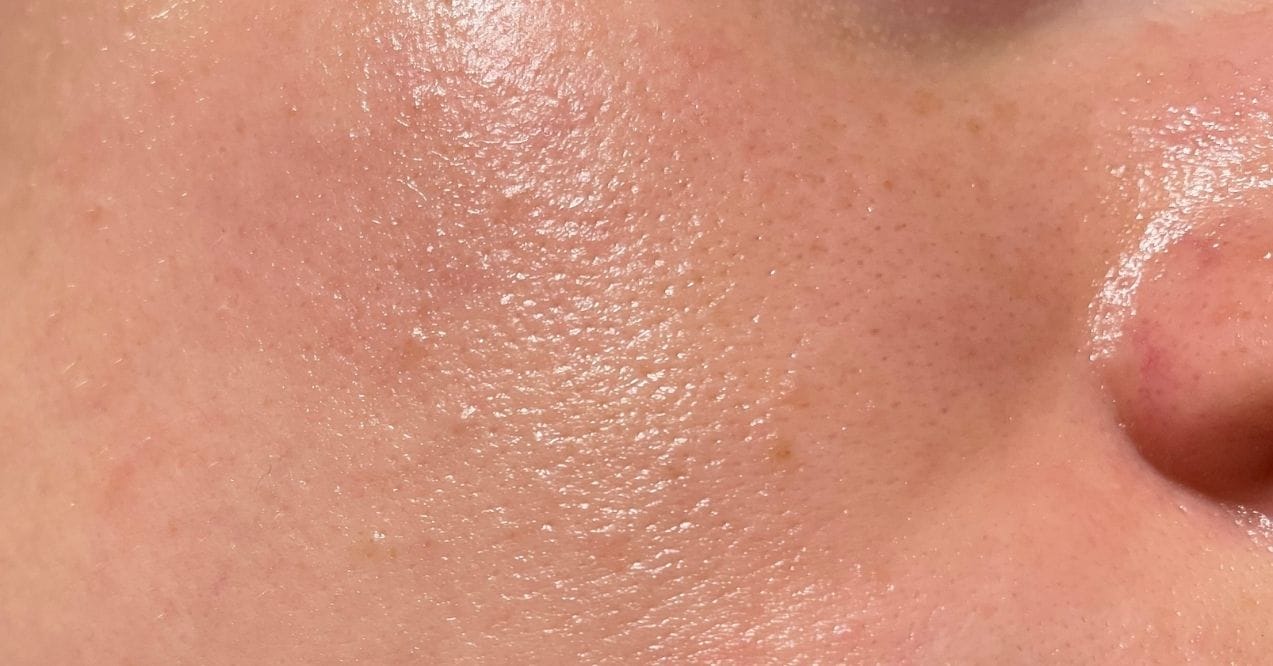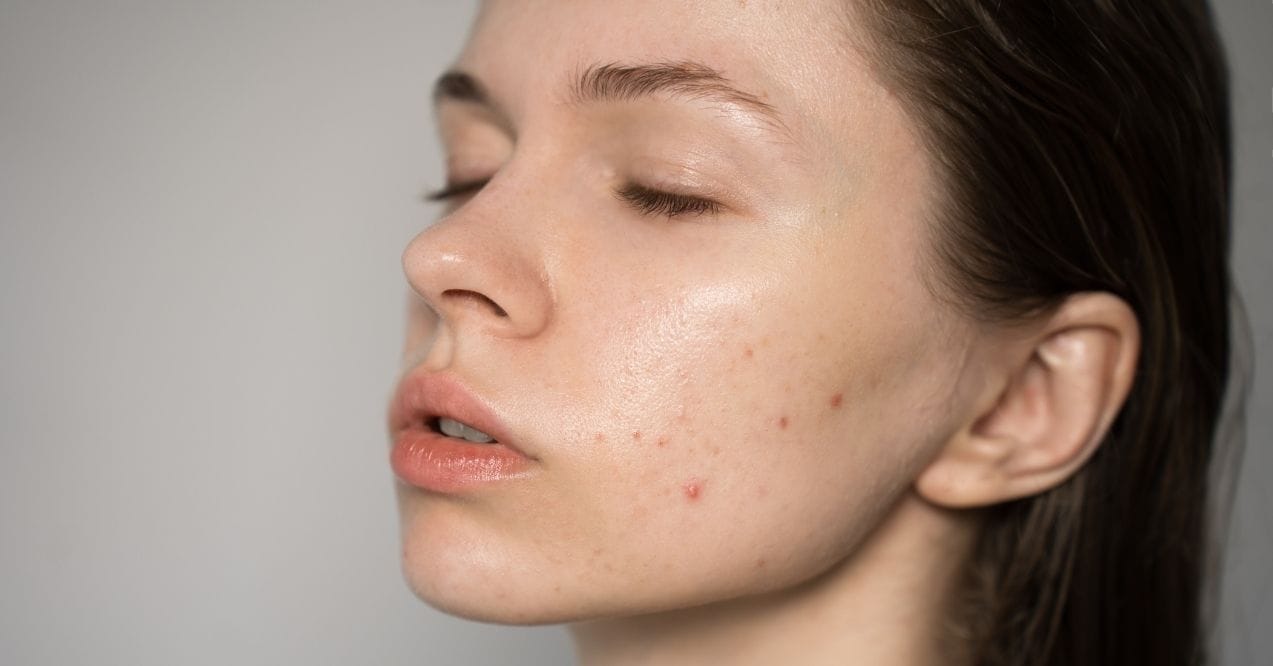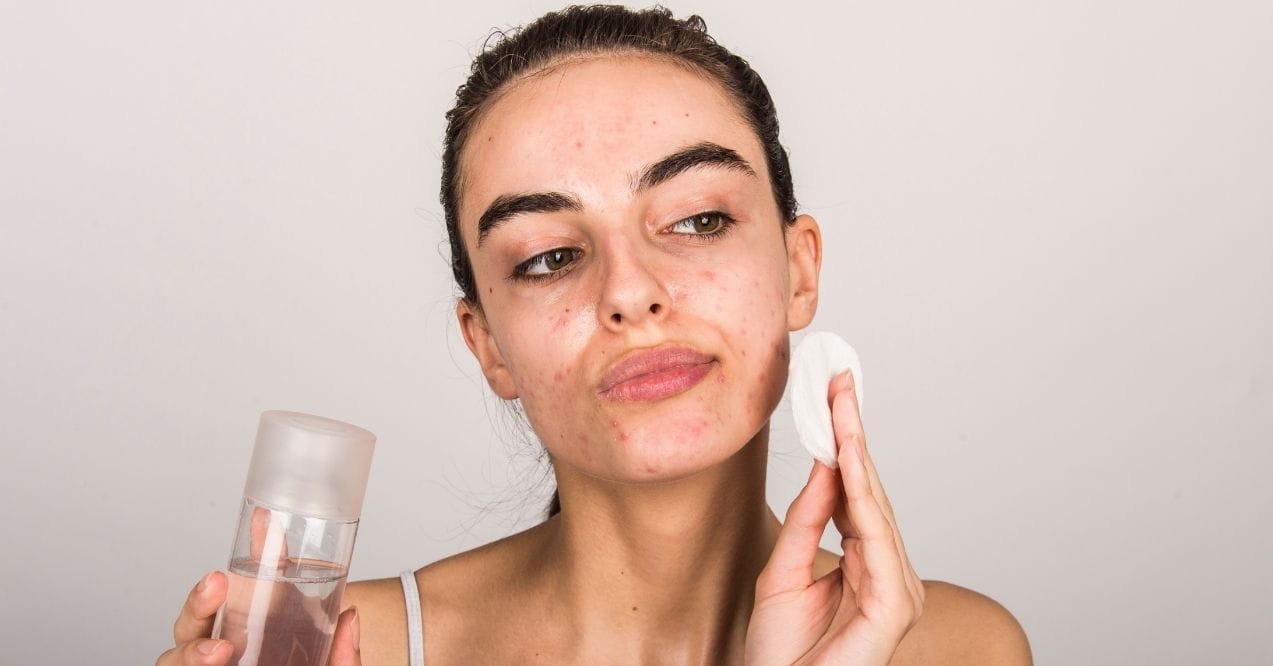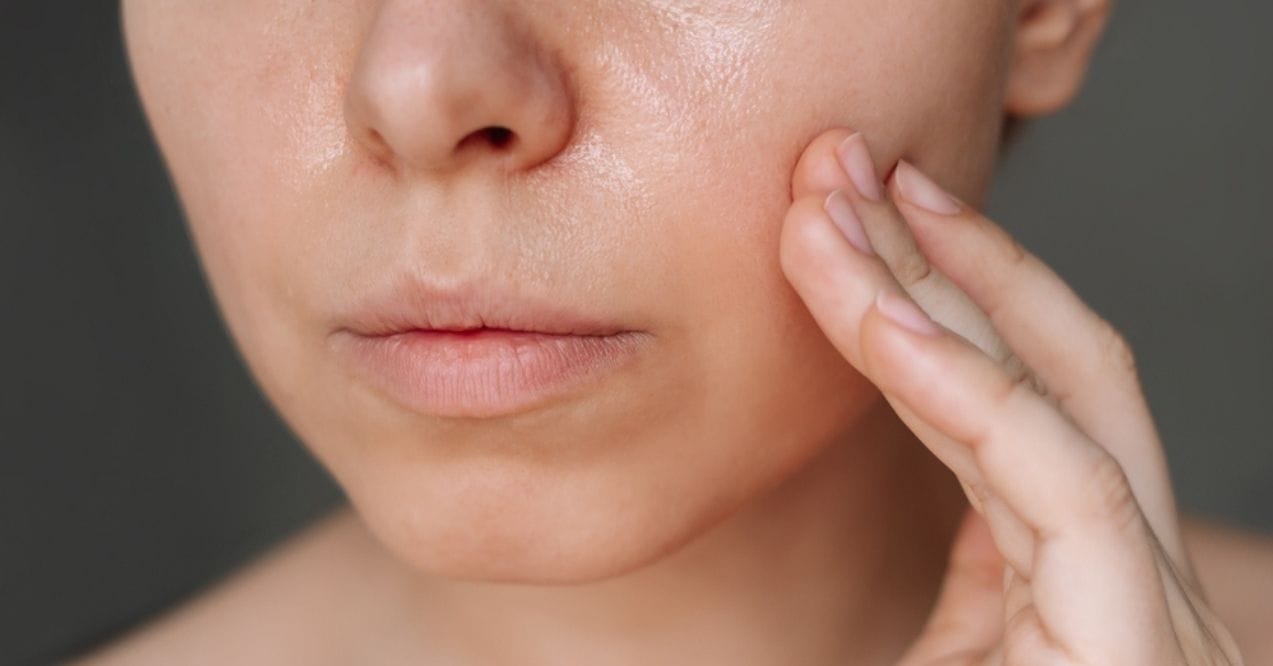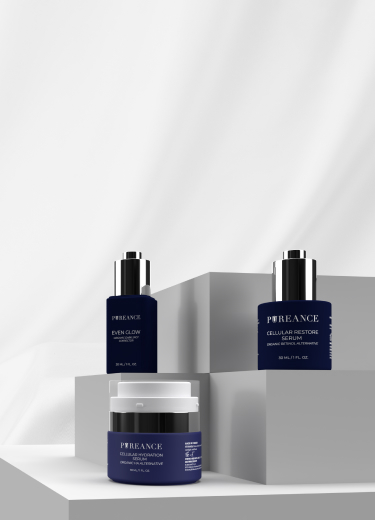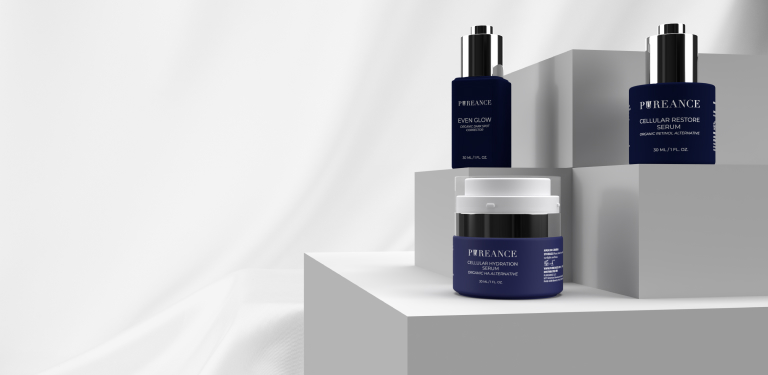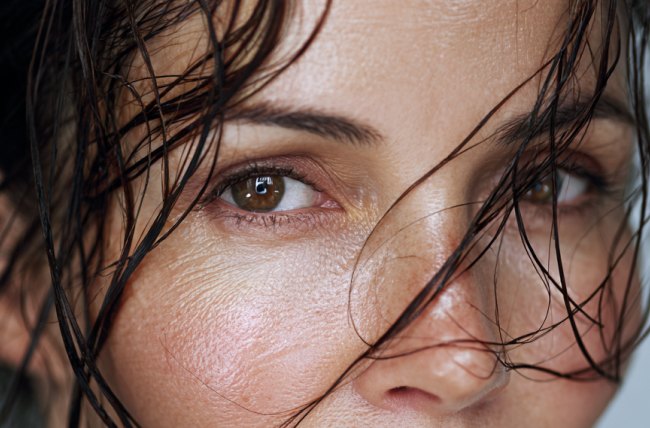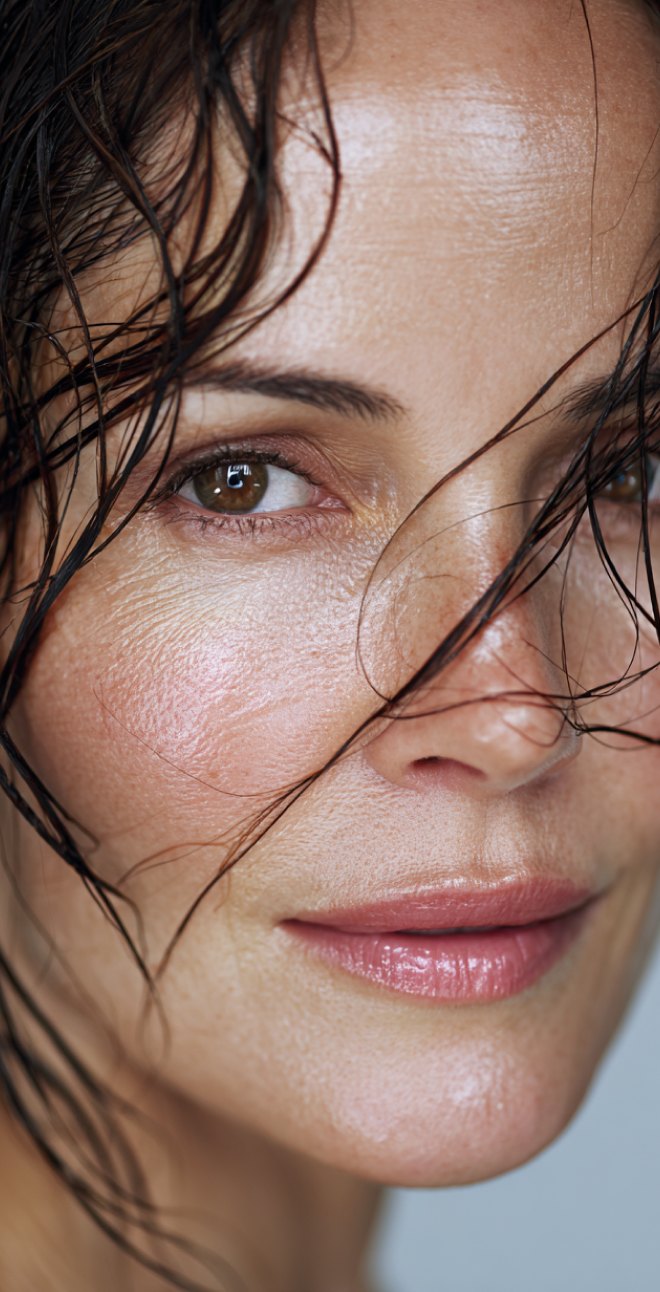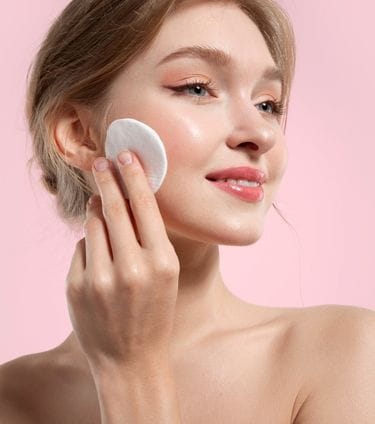


Glowy Skin or Just Oily Skin? Learn the Signs
Ever looked in the mirror wondering if that shine on your face is a healthy glow or just excess oil? The difference between glowing and oily skin can be subtle, but knowing which one you have makes all the difference in your skincare routine.
Some women chase that coveted “glass skin” look, only to end up with a greasy complexion instead. Others might mistake their natural radiance for oiliness and strip their skin with harsh products. This guide will help you identify exactly what’s happening with your skin, so you can adjust your routine accordingly.
Key Article Findings
- Glowy skin reflects light evenly while oily skin creates patchy, uneven shine concentrated in the T-zone.
- Texture tells the story – glowy skin feels supple and smooth, oily skin feels slick or sticky.
- The blotting test reveals all – minimal transfer means glow, heavy oil transfer indicates excess sebum.
- Both can coexist – you may have oily areas with healthy glow in other zones.
What Makes Skin Look Glowy vs. Oily?
The distinction between glowy skin vs oily skin comes down to how your skin produces and distributes moisture. Glowy skin happens when your complexion maintains optimal hydration levels and has a smooth surface that reflects light beautifully. Oily skin, on the other hand, produces excess sebum that sits on the surface.
Is glowy skin good for your complexion? Absolutely – it’s a sign of healthy, well-hydrated skin. The confusion often happens because both skin types can appear shiny. But there’s a key difference in the quality of that shine and how it makes your skin feel throughout the day.
Understanding Skin’s Natural Glow
A natural glow comes from within – it’s your skin cells working in harmony with proper hydration. When skin cells are plump with moisture, they create a smooth surface that catches light evenly. This type of radiance looks fresh and luminous, not greasy.
Your skin’s natural oils play a supporting role here, providing just enough lubrication to maintain that dewy finish. The glow appears most prominent on the high points of your face – cheekbones, bridge of the nose, and cupid’s bow.
How Oily Skin Differs
Oily skin produces more sebum than necessary, creating a different kind of shine altogether. This excess oil tends to pool in certain areas, especially the T-zone. The shine from oily skin often looks uneven and may give your face a slippery appearance.
Throughout the day, oily skin may cause makeup to slide off or break down. You might notice enlarged pores and a tendency toward blackheads or congestion. The key difference is that oily shine lacks the fresh, healthy appearance of a true glow.
Quick Ways to Tell if It’s Glow or Oil
Want to know for sure what type of shine you’re dealing with? These simple tests can help you determine whether you have oily vs glowy skin. You don’t need any special equipment – just a few minutes and some basic items you probably already have at home.
The best time to check is about 2-3 hours after your morning skincare routine. This gives your skin enough time to show its natural tendencies. Pay attention to how your skin feels and looks in different lighting conditions throughout this period.
The Blotting Paper Test
Gently press a blotting paper or clean tissue against different areas of your face. Hold it there for about 10 seconds without rubbing. When you remove it, check how much oil transferred to the paper.
If you see minimal to no oil transfer and your skin still looks radiant, you’ve got that healthy glow. Heavy oil transfer, especially from the T-zone, indicates excess sebum production. The distribution pattern also matters – scattered light spots suggest balanced moisture, while concentrated oily patches point to overactive oil glands.
Check in Natural Light
Step near a window during daylight hours and examine your skin in a handheld mirror. Natural light reveals the true nature of your skin’s shine better than any artificial lighting. Glowy skin will have a soft, diffused radiance that looks attractive and healthy.
Oily skin in natural light appears more obviously greasy, with visible shine that might look unflattering. You may notice oil pooling around your nose or creating an obvious film across your forehead. The quality of shine is distinctly different – glow looks like light from within, while oil sits on top.
Texture and Touch
Lightly touch your face with clean fingertips, paying attention to how your skin feels. Glowy skin feels soft, supple, and bouncy to the touch. There’s a pleasant smoothness without any slippery residue on your fingers.
When you have excess oil, your skin feels slick, almost like you’ve applied too much moisturizer. Your fingers may slide across the surface rather than gently gripping the skin. This tactile difference is one of the most reliable ways to distinguish between the two.
What Causes Glowy Skin?
That enviable radiance doesn’t happen by accident – it’s the result of multiple factors working together. Your skin’s glow potential depends on both internal health and external care. When these elements align, your complexion naturally develops that sought-after luminosity.
Genetics play a role, but lifestyle choices and skincare habits have a major impact on achieving glowy skin. Even if you weren’t born with naturally radiant skin, you can potentially cultivate it. The key lies in consistency and choosing the right approach for your skin type.
Balanced Skincare Routine
A well-rounded routine forms the foundation of glowy skin. Start with gentle cleansing that removes impurities without stripping natural oils. For those seeking that perfect dewy finish, following proven tips to get dewy skin can make all the difference in achieving natural radiance.
Regular but gentle exfoliation helps maintain that glow by removing dead skin cells that can make complexion look dull. Moisturizing seals in hydration and creates that plump, dewy appearance. Don’t forget SPF during the day – sun protection keeps your glow from turning into damage.
Nutrition and Lifestyle
What you put into your body shows on your face. Staying hydrated by drinking plenty of water throughout the day may contribute to that inner glow. Foods rich in omega-3 fatty acids, antioxidants, and vitamins potentially support skin radiance.
Quality sleep gives your skin time to repair and regenerate. Regular exercise increases blood flow, bringing nutrients to skin cells. Managing stress levels also plays a role – chronic stress can dull your complexion and affect oil production.
Why Skin Gets Oily
Excess oil production has multiple triggers, from genetics to environmental factors. Some people naturally produce more sebum due to their skin type. But external factors can also push even normal skin into overdrive.
The difference between glowing and oily skin often comes down to balance. When sebum production exceeds what your skin needs for protection and moisture, that healthy glow transforms into an oily sheen. Identifying your triggers helps you manage oil production more effectively.
Overactive Sebaceous Glands
Your sebaceous glands produce sebum to protect and moisturize your skin. Sometimes these glands work harder than necessary, creating that unwanted oily appearance. Hormonal fluctuations may influence how active these glands become throughout the month.
Age also affects oil production – younger skin typically produces more sebum. Your skin might also overcompensate when it feels dry, producing extra oil to protect itself. This is why harsh, drying products often backfire on oily skin.
Environmental and Product Triggers
Hot, humid weather can increase oil production and make existing oiliness more noticeable. Your skin responds to environmental conditions by adjusting sebum output. Indoor heating and air conditioning may also trigger changes in oil production.
Heavy creams and comedogenic products can contribute to that greasy feeling. Over-cleansing strips natural oils, causing rebound oiliness. Even touching your face frequently transfers oils from your hands, adding to the problem.
How to Maintain Glow Without Excess Oil
Achieving that perfect balance between glowy and oily requires a strategic approach. You want to maintain healthy moisture levels while controlling excess sebum. This balance varies from person to person, so finding what works for you may take some experimentation.
Learning how to repair your skin barrier naturally helps you make better product choices. A healthy barrier maintains optimal moisture while regulating oil production. When this barrier functions properly, you’re more likely to achieve that coveted glow without the grease.
Choosing the Right Moisturizer
Selecting the right moisturizer makes all the difference in maintaining glow without oil. Lightweight, gel-based formulas work well for oily-prone areas while still providing essential hydration. Those dealing with excess shine should consider following the ultimate skincare routine for oily skin to keep oil under control while maintaining healthy moisture.
Look for ingredients like hyaluronic acid that attract moisture without adding heaviness. For normal to dry areas, slightly richer formulas may help maintain that dewy finish. Non-comedogenic labels indicate products less likely to clog pores, and consider using different moisturizers for different face zones if you have combination skin.
Gentle Cleansing Practices
The way you cleanse sets the tone for your entire skincare routine. Use lukewarm water and pH-balanced cleansers that respect your skin’s natural balance. Avoid over-washing – twice daily is usually sufficient for most skin types.
Pat your face dry instead of rubbing, which can irritate skin and trigger more oil production. Consider double cleansing at night if you wear makeup or sunscreen. This method thoroughly removes products without requiring harsh scrubbing.
Conclusion
Now you know the real difference between glowy skin vs oily skin – it’s all about the quality of shine, how it feels, and where it appears. Glowy skin reflects light evenly and feels supple, while oily skin creates uneven shine and feels slick. Armed with this knowledge, you can better assess your skin’s needs.
Use the simple tests we’ve discussed to determine your skin’s current state. From there, adjust your routine to either maintain your natural glow or manage excess oil production.
Check the quality of shine – even, soft radiance indicates glow, while patchy, greasy shine suggests oil. The blotting test and touch test provide quick answers.
Yes! Oily skin can achieve a healthy glow with proper care. The key is balancing oil production while maintaining hydration.
Proper hydration may support skin health and potentially contribute to a natural glow, though results vary by individual.
Hydrating serums, gentle exfoliants, and lightweight moisturizers potentially support glowy skin. Choose products based on your specific skin type and needs.
This site offers health, wellness, fitness and nutritional information and is designed for educational purposes only. You should not rely on this information as a substitute for, nor does it replace, professional medical advice, diagnosis, or treatment. If you have any concerns or questions about your health, you should always consult with a physician or other health-care professional. Do not disregard, avoid or delay obtaining medical or health related advice from your health-care professional because of something you may have read on this site. The use of any information provided on this site is solely at your own risk.
Nothing stated or posted on this site or available through any services are intended to be, and must not be taken to be, the practice of medical or counseling care. For purposes of this agreement, the practice of medicine and counseling includes, without limitation, psychiatry, psychology, psychotherapy, or providing health care treatment, instructions, diagnosis, prognosis or advice.
